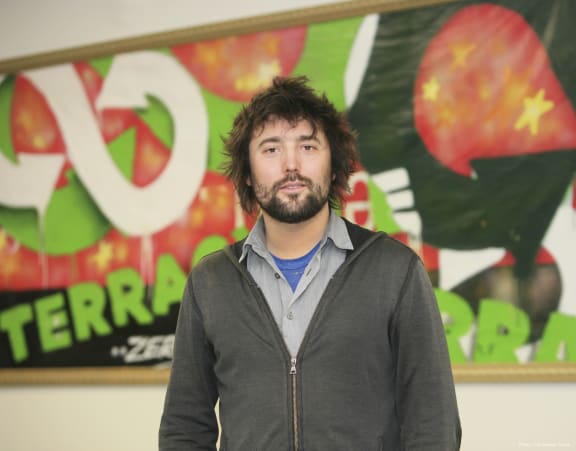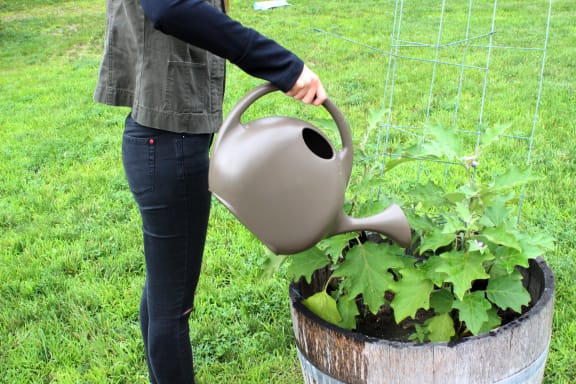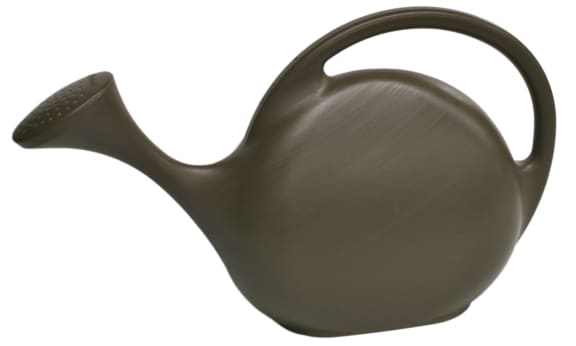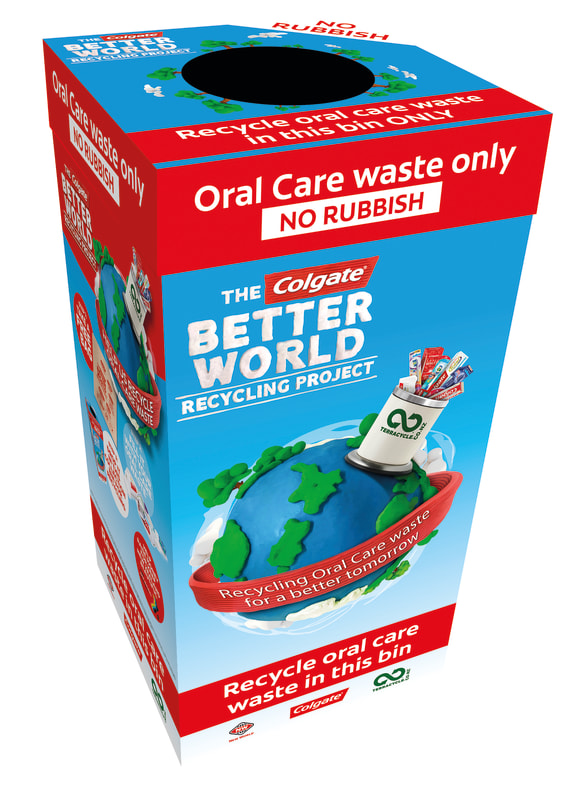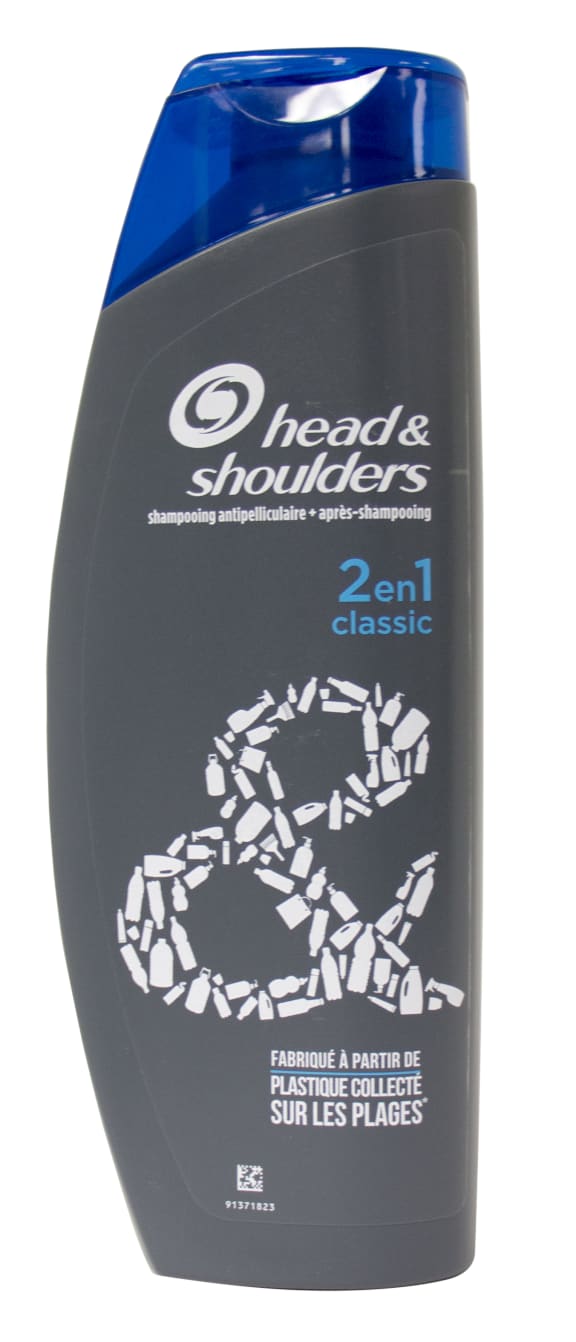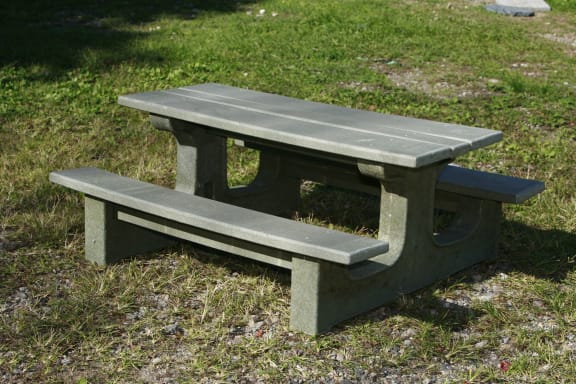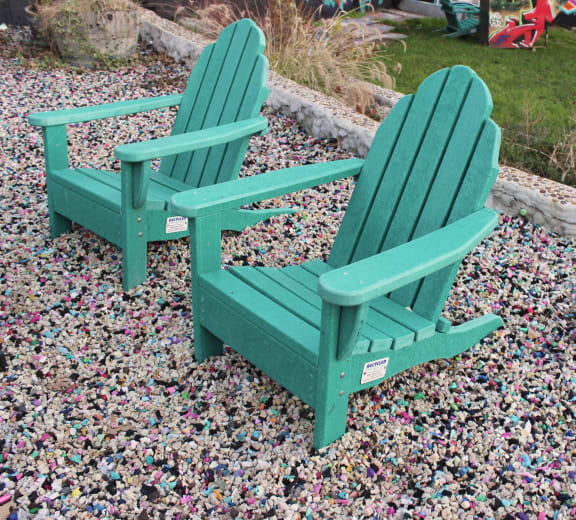This Way Up for Saturday 9 December 2017
This Way Up for Saturday 9 December 2017
DIY gene therapies, real time tumour monitoring, turning rubbish into revenue, and retailers' extended warranties.
Kill or cure? DIY gene therapies
If you were diagnosed with a terminal illness how far would you go to find a cure?

Photo: (H Heyerlein via unsplash.com)
An emerging underground community is taking a DIY approach, looking to hack the drawn-out process of drug development, animal testing and clinical trials by researching, making and then taking their own genetic treatments at home.
With no regulations, easy access to genetic tools, huge commercial interest, and people's lives at stake, it's no wonder that the US Food and Drug Administration is tightening up the rules in this area.

Kristen Brown Photo: Supplied
Kristen V Brown of Gizmodo is working on a book about this DIY biohacker movement and she says there are some obvious safety concerns around having often untrained people experimenting on themselves outside laboratories.
"Running short on time, dying cancer patients are concocting do-it-yourself versions of highly experimental cancer therapies, without the oversight of doctors or regulators. Without expectation of survival, any therapy — no matter how untested, unproven or potentially unsafe — offers a glimmer of hope." Kristen V. Brown for Gizmodo
Sensing cancer: real time tumour monitoring
The traditional way of diagnosing if someone has cancer involves blood tests, medical imaging and taking tissue samples or biopsies. But now a team in Massachusetts are using blood tests alone to detect and monitor the disease.
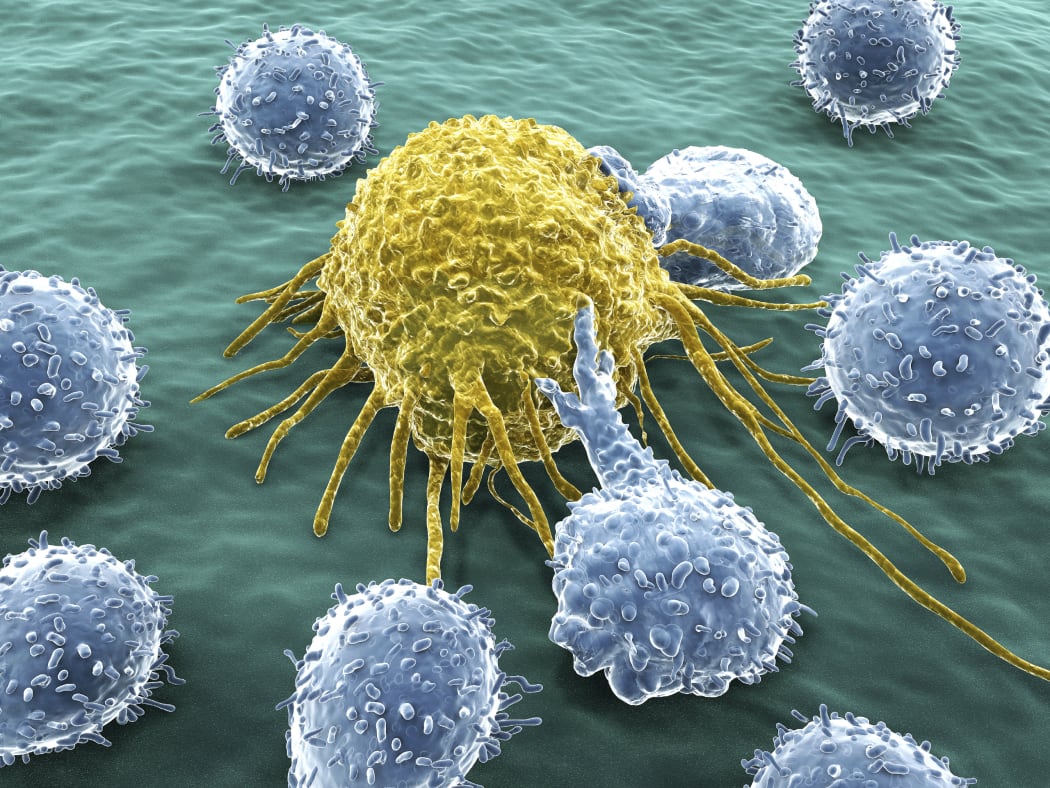
T cell latching on to a cancer cell to kill it Photo: Malaghan Institute
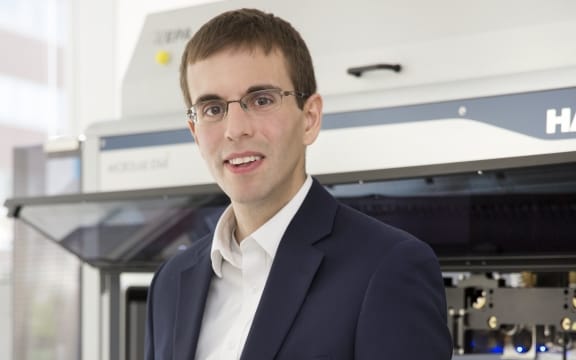
Viktor Adalsteinsson Photo: (Juliana Sohn)
These so-called 'liquid biopsies' could also measure the effectiveness of treatments in real time, and help doctors decide on the best approach for fighting specific cancers.
"Our ultimate hope is to use blood biopsies to exhaustively search for and characterize even the smallest remnants of tumors," says Viktor Adalsteinsson from The Broad Institute.
"It unlocks the potential for a lot of studies that we couldn't do before.The technology will allow us to track the dynamics of cancer and understand the evolution of drug resistance, or the development of the metastatic state, in a way that isn't possible through surgical biopsies." Gad Getz, The Broad Institute
Closing the packaging waste loop
How can you turn junk into cash, and encourage manufacturers and consumers to do the right thing when it comes to cutting down and disposing of packaging waste?
These are some of the questions preoccupying Tom Szaky, the founder and CEO of TerraCycle, a global recycling company trying to find other uses for waste.
It is launching a new project where consumers buy products from retailers in ultra-durable packaging that they borrow and then send back to the retailer for cleaning and refilling when done.
Szaky says the key is shifting ownership.
“That’s the fundamental change. In our durable platform the consumers will never own the packages, instead they will be borrowing them and they will always remain owned by the big consumer product companies.”
Terracycle collection schemes for things such as toothpaste tubes and toothbrushes are already a feature at some NZ schools, with the plastic cleaned and melted down to make other products. Other hard-to-recycle stuff like yoghurt and tuna pouches, food wrap and coffee capsules can be treated in the same way.
"Recycling will never solve the disposable addiction. It's just a Band-Aid on a wound that is bleeding and it's just slowing the bleeding," he says.
The project will see TerraCycle partner with already established brands, who sell a wide array of items such as ice cream, orange juice and shampoo.
"As a consumer this system will be embedded into the ecommerce websites of your favourite local retailers," Mr Szaky says.
"So imagine you're going to your favourite ecommerce retailer and now there's a button that says 'shop durable' instead of 'disposable', or something along those lines."
Consumers will be able to pay a small refundable deposit to purchase products in ultra-durable containers that will then be shipped to them, and once they have finished with the product they can ship the empty container back to the company, where it will be sterilised and refilled.
The shipping will be included in the cost of purchasing the product.
Mr Szaky says even though shipping items has an environmental cost, the amount of energy saved in reusing packaging - rather than manufacturing a new one - outweighs it.
"Using today's infrastructure, like today's shipping which is still petroleum-based, it's 75 percent better for the environment. And it's only going to get better, if we move to renewable energy vehicles and so on," he says.
"The best thing we can do as consumers is stop the cycle of extraction and recycle things that are already extracted."
Mr Szaky says the more consumers that get involved with the project, the more companies will understand that people want to buy sustainably and that it can be a profitable business model.
"The way to get these companies to move to durability is to get them to see how durability can be really profitable."
TerraCycle will be launching the project in early 2019.
It will initially begin in London, Paris and New York, with a view to coming to New Zealand sometime after.
Extending a warranty: is it worth it?
'Tis the season of the extended warranty! George Block of consumer.org.nz looks at how the major retailers are performing in the customer satisfaction stakes and why it's usually worth your while to haggle over price.

Service? Photo: (Mike Wilson via unsplash.com)
"[The big retail chains]...boast dozens of near-identical stores dotted all over the country and offer a dazzling array of products, usually at highly competitive prices. And they’re all dragging the chain when it comes to keeping their customers happy...In fact, the only big-box retailer to return above-average results was hardware giant Mitre 10." George Block of consumer.org.nz
Extended warranties can cost 10 to 20 percent of the purchase price of a product, but in most cases, you're paying for rights you already have under the Consumer Guarantees Act.
This means that if you buy a faulty product, then the retailer should either replace or repair it (and/or offer you a refund in some circumstances) if it fails within its expected lifespan.
Now knowing the 'expected lifespan' of a product you buy is the tricky bit, and that largely depends on the type of product and how much you paid for it.
As a rule of thumb, consumer.org.nz has worked out that you can reasonably expect a fridge, TV, vacuum cleaner or washing machine to last for 10 years (or more!) and something like a toaster to last for around 4 years. Basically the more you pay the longer it should last.
If you want to avoid having to argue the point with a salesperson in the store or are buying goods for a business and not for personal use, then an extended warranty could be handy. But it will cost you!
"We quizzed Consumer NZ’s expert mystery shoppers for their top tips on landing a bargain.The golden rule echoed by all our retail gurus was, “If you don’t ask, you don’t get”.- George Block of consumer.org.nz

George Block mowing Photo: (Supplied)
